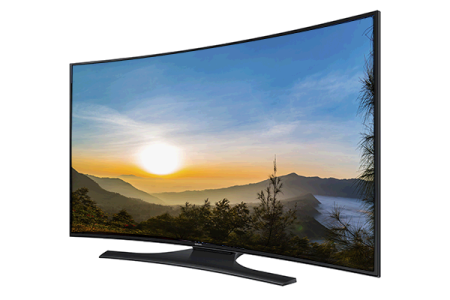TV Terminology can be confusing. Just as I was about to write a story about it, I noticed a story By Jon L. Jacobi at TechHive. It covers everything so well that idea to see the need to duplicate the effort. I put the first part of the story here but to really be informed click on the link below to read the rest of the story. Thanks Jon.
Display technology and types
The overall quality of TVs is astoundingly good these days, but there are still differences, mostly due to the type of technology used to build the TV. Here are the acronyms, buzzwords, and terminology you’ll want to understand.
3D TV: A TV that is capable of reproducing three-dimensional content. It works its magic via stereoscopy, or displaying slightly different images to each eye to give an illusion of depth. This can be done one of two ways: Passively, by displaying two images at the same time and using eyeglasses that filter different colors to each eye; or actively, by showing two images consecutively and using powered glasses with polarity shutters to blind each eye in turn.
Active matrix/passive matrix: The pixels in all flat panel displays are addressed via a matrix of rows and columns. An active matrix refers consists of TFTs (Thin Film Transistors) that actively hold the state of the pixels using capacitors. An active matrix responds much quicker than a passive panel that uses separate substrates to carry the charge and ground it to maintain the “on” state. Passive displays are largely history, and the phrase “Active Matrix” is mostly quoted in sales literature because it sounds cool.
CCFL (Cold Cathode Fluorescent lamp): The TV backlighting element from just a couple of years ago. CCFL made for thicker TVs, but it produced a flatter spectrum than the current blue-heavy LED backlighting.
Curved TV: A TV whose surface is slightly concave on the horizontal plane to create a sense of immersion, as well as reduce viewing angle artifacts. Some consider it more aesthetically appealing in terms of style—TVs are also furniture, after all—but this design sacrifices some of the space-saving advantage that modern flat-screen displays deliver.


